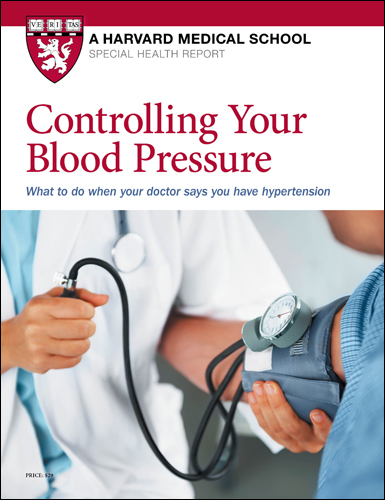Complications after receiving a stent
Ask the doctor

Q. When I had a heart attack late last year, I got a stent in one of my coronary arteries. My doctor said that complications from stents are uncommon, but what can go wrong?
A. Since the mid-1980s, when the first coronary stent was deployed, these tiny, mesh metal tubes have undergone a series of improvements. These refinements have helped to minimize the risk of stent-related complications, which fall into two categories. One is a gradual renarrowing of the area inside the stent, known as restenosis. The other is the formation of clots inside the stent, called stent thrombosis.
But first, some basics and a brief history. Doctors deliver coronary stents by threading a slender tube (catheter) through a vessel in the wrist or upper thigh all the way up to the heart. At the tip of the catheter is a small balloon with a stent. Once the catheter reaches the area in the artery narrowed by fatty plaque, the balloon inflates and deploys the stent. The stent holds the artery open, restoring blood flow.
Originally, stents were made of bare metal. But sometimes, cells from the inner artery walls grew over and around the metal, like a scab on a wound. Known as restenosis, the process can re-block blood flow through the artery, causing chest pain (angina) and, in some cases, a heart attack.
To prevent that problem, researchers developed stents that release a drug that slows cell overgrowth. But early drug-eluting stents sometimes prevented any cells from covering the stent. As a result, blood clots could form on the stent (stent thrombosis). That's why people who receive stents typically take anti-clotting medications for at least six months and sometimes up to a year or longer.
Today's stents feature different drugs that minimize the risk of both complications, although anti-clotting pills are still necessary. Restenosis is most likely to occur during the first three to 12 months of receiving a stent. The artery can be reopened with a procedure similar to the original stent placement, although doctors sometimes need to use a tiny drill or laser to cut through the obstruction. Bypass surgery is another possible option; it involves creating a new route around the blocked artery with a blood vessel taken from the chest, arm, or leg.
Stent thrombosis can happen at any time, but most clots form within the first month of receiving a stent. Skipping or stopping the anti-clotting medications is the biggest risk factor for stent thrombosis. So be sure to adhere to your doctor's recommendations regarding those medications — along with any others you take for heart disease, such as drugs to lower blood pressure and cholesterol.
Image: © PhonlamaiPhoto/Getty Images
About the Author

Deepak L. Bhatt, M.D., M.P.H, Former Editor in Chief, Harvard Heart Letter
Disclaimer:
As a service to our readers, Harvard Health Publishing provides access to our library of archived content. Please note the date of last review or update on all articles.
No content on this site, regardless of date, should ever be used as a substitute for direct medical advice from your doctor or other qualified clinician.
















